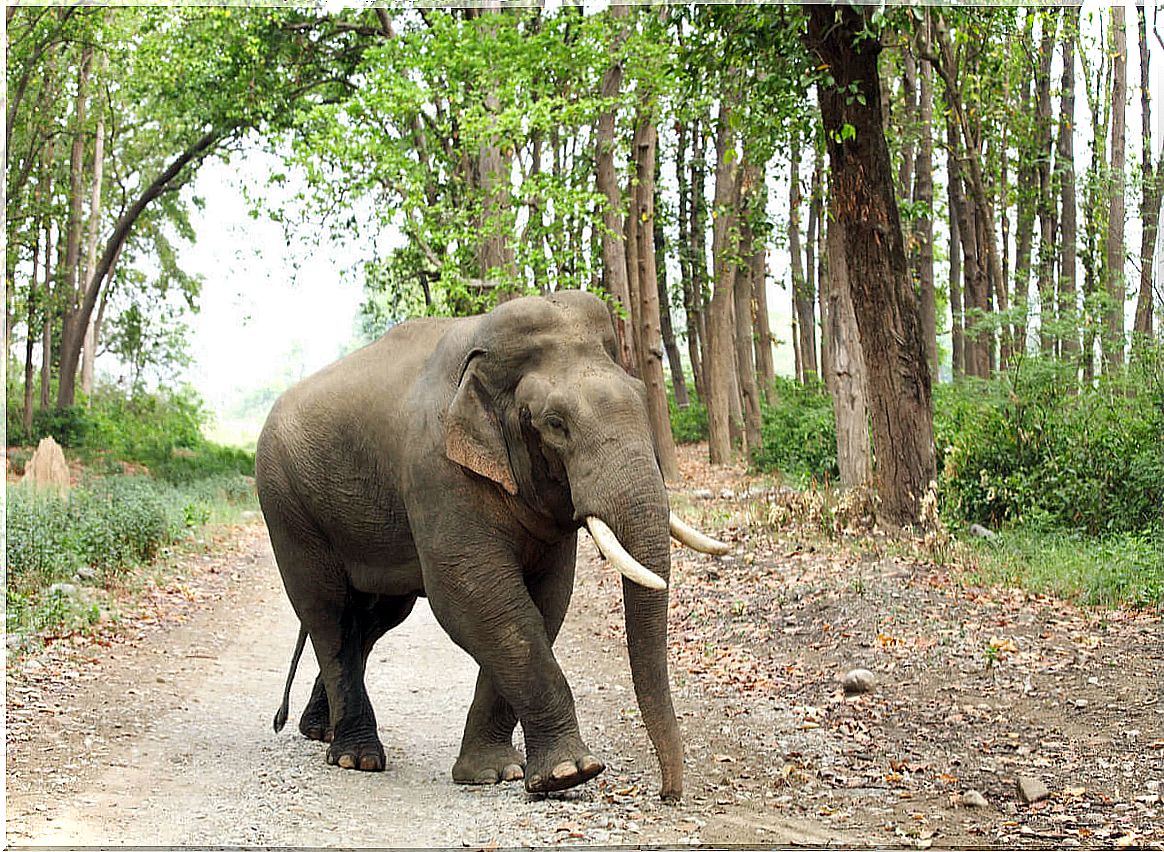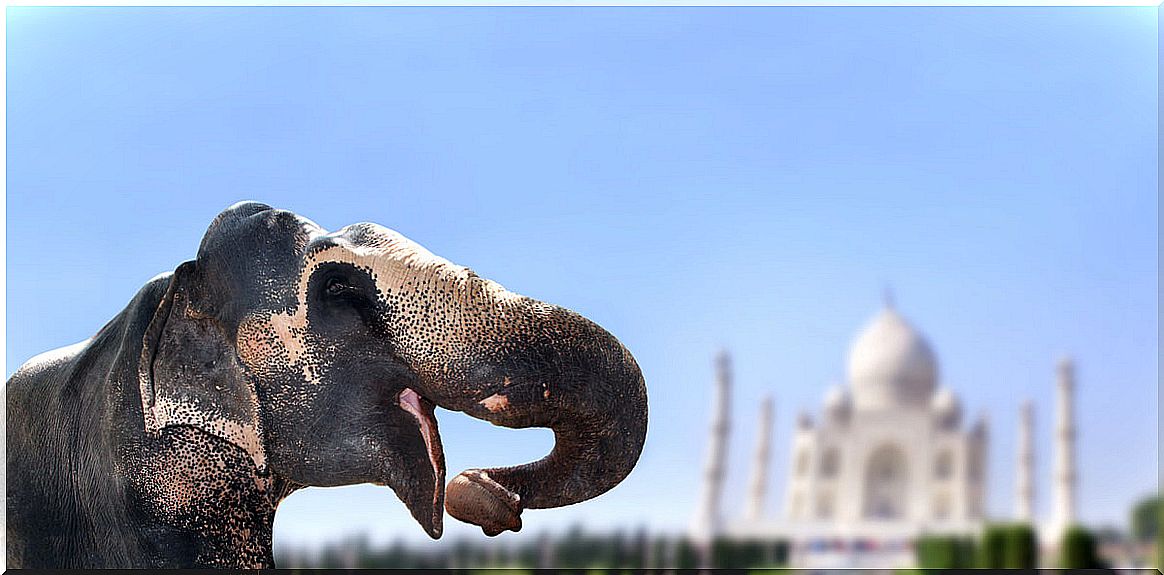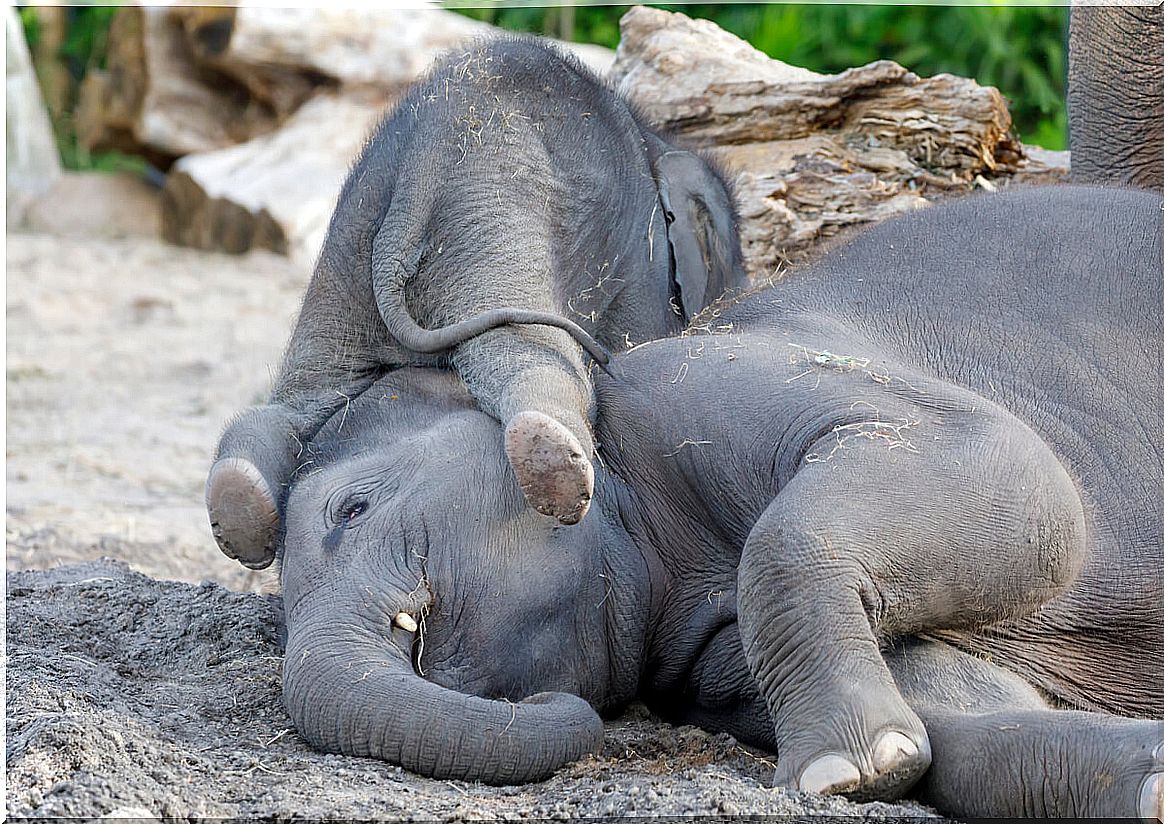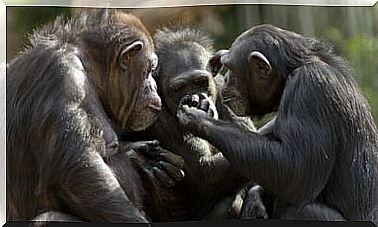Types And Characteristics Of Asian Elephants

Asian elephants, those large, walking animals of the rainforests. His presence transmits power, nobility and pronouncing his name already indicates strength. We are dealing with mammals that attract attention due to their habits: despite their size, they do not sleep much, and they love to shower with their long trunk.
Let’s take an elephant step to talk about one in particular: the Asian elephant ( Elephas maximus ), a wild animal that has been domesticated by humans for many years. These powerful mammals have been used to move heavy objects, to transport people, and even to fight wars.
Asian elephants are calm and sociable animals. They travel long distances to find food and also play an important role in various cultures on the Asian continent. Next, let’s look at what this emblematic animal wants to teach us.
Habitat of the Asian elephant
Asian elephants, as a species of Proboscidean mammal of the Elephantidae family , are one of the animals that play a cultural role within the Asian continent. These elephants are found from southern China to the shores of the Persian Gulf and southern Mesopotamia.
The Asian countries where its presence is denoted are the following: Sri Lanka, Bangladesh, Sumatra, Borneo, India, south of the Himalayas and near the Yangtze River. In these places, it is common to find them in open areas covered with low vegetation and in areas where there are bushes.
In India, Asian elephants are used for activities where their strength is required, for example, to move construction material. Some of these animals are represented as gods, such as the god Ganesha, patron of science and abundance.

Physical characteristics of Asian elephants
Asian elephants, compared to their relative the African elephant, are smaller, 2 to 3.5 meters tall, while the African elephant reaches 2.7 to 4.0 meters. Its gestation period lasts up to 22 months and, when the elephant is born, it can weigh around 100 kilos.
The Asian elephant has a large head, a short neck, a long, muscular trunk, a barrel-shaped body, and large legs. The ears of Asian elephants are small and round and do not cover the shoulders. It has an arched back, a long tail, and thick, tough, oily fur.
Its teeth have a particularity, since it has fangs that are not canines, but elongated incisors. These are long and large in males and some females do not even present them. Also, they have 4 large molar teeth.
Types of Asian elephants
Within the group of Asian elephants, 2 subspecies can be distinguished. These are the following:
- The Borneo elephant: It is the smallest Asian elephant subspecies of all, with a long tail, fine tusks and wide ears. Its main habitat is the island of Borneo and the jungle of Sabah, in Malaysia.
- The Sri Lankan elephant: It is the largest subspecies of the Asian elephant. Some exceed 3 meters in height and weigh 6 tons. Its habitat is on the island of Sri Lanka.
What do Asian elephants eat
Adult individuals consume large amounts of roots, fruits, herbs, bark, and shrubs. They can ingest up to 135 kilograms of food in a single day by chewing on older elephants. Their main activity during the day is to eat in the morning, in the afternoon and at night.
Water for Asian elephants serves 2 purposes: first, they like to be near water sources with their herd to consume 140 liters of liquid each day. Second, these pachyderms bathe in the water using their trunks. To do this, they absorb it and spray it over their back.
Elephants in Asian culture
Asian elephants have made their relevant contribution to Asian culture from generation to generation. For example, in past centuries their role as battle animals was essential, as they helped win important wars.
Sadly, these elephants have been given unfair treatment. Humans use their strength for excessively heavy work. They are also used in some regions as a tourist attraction, in conditions of abuse that do not guarantee their quality of life. All of this results in a drastic reduction in its population in the wild.

Currently, the Asian governments have developed regulations that seek to protect and respect the domestication of Asian elephants because they are endangered animals.








